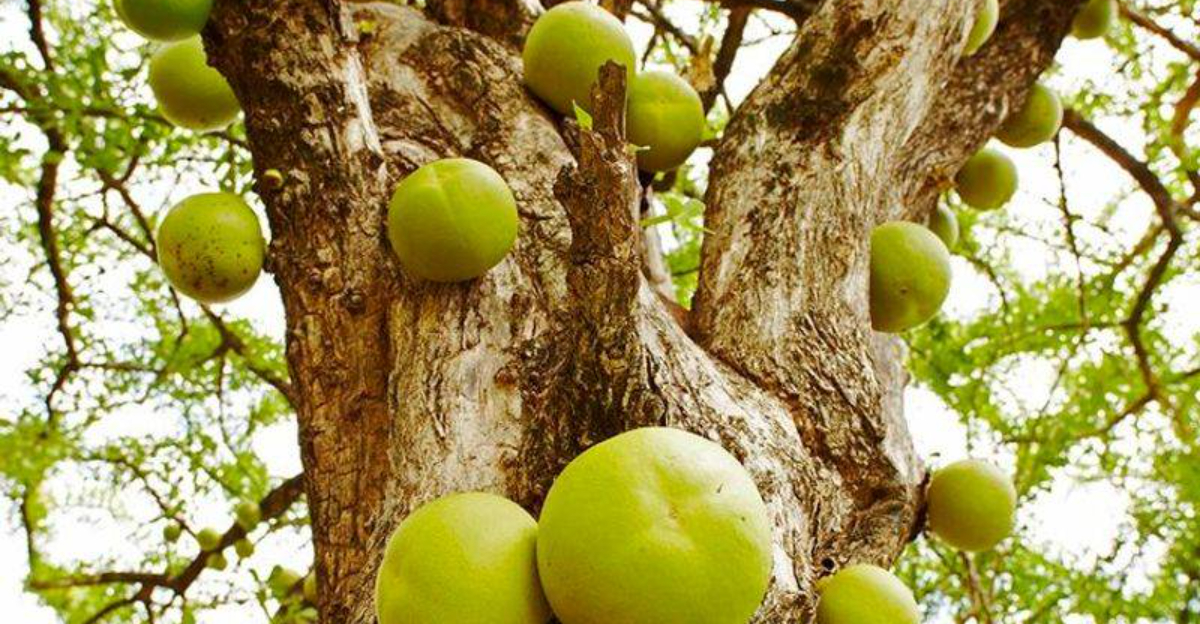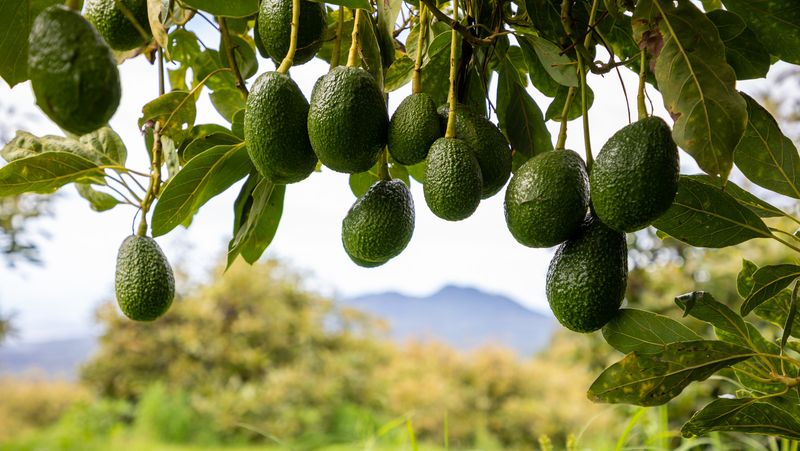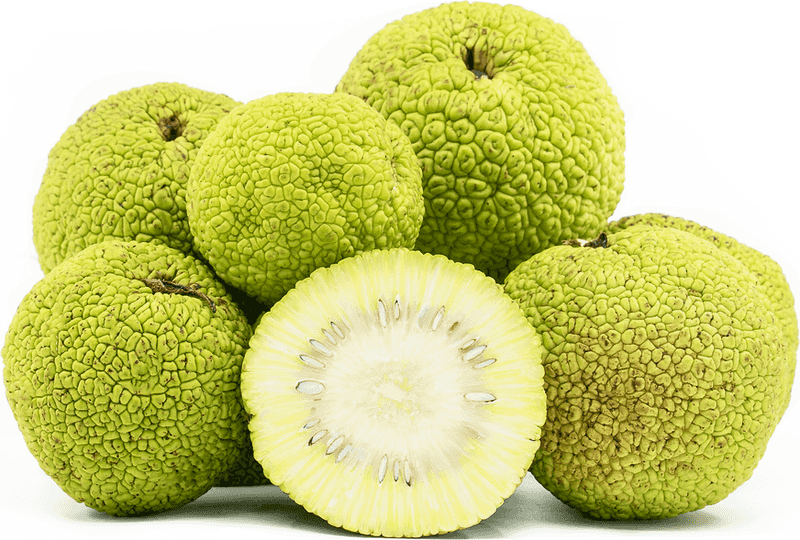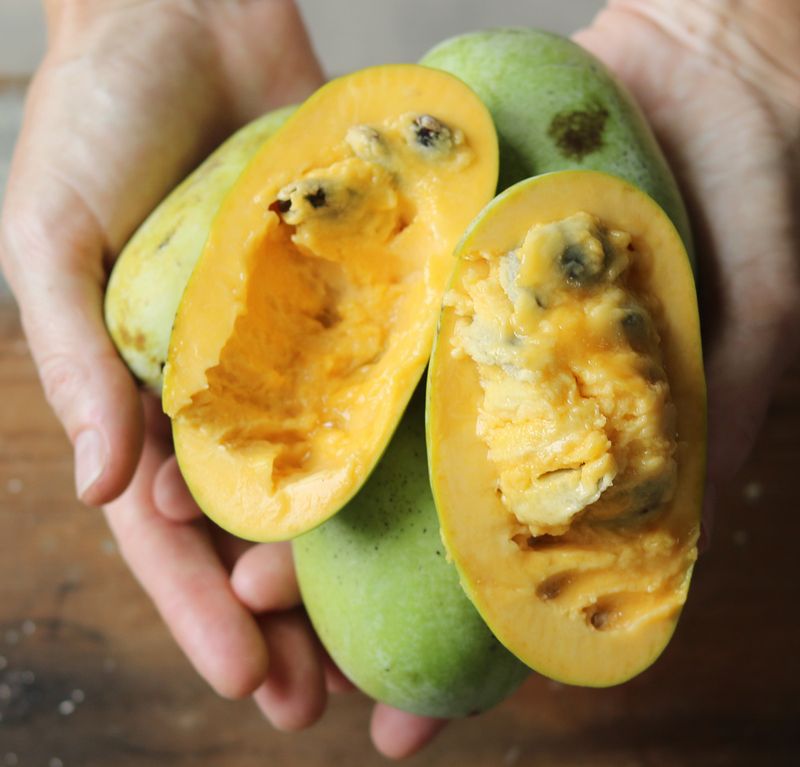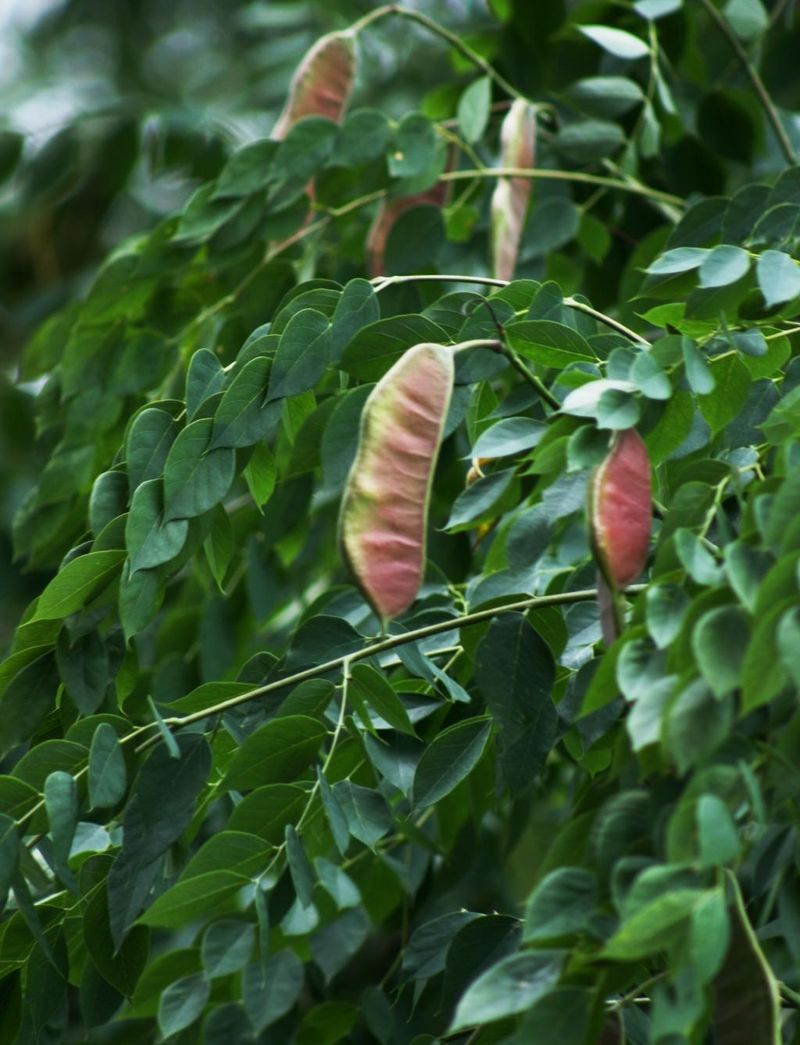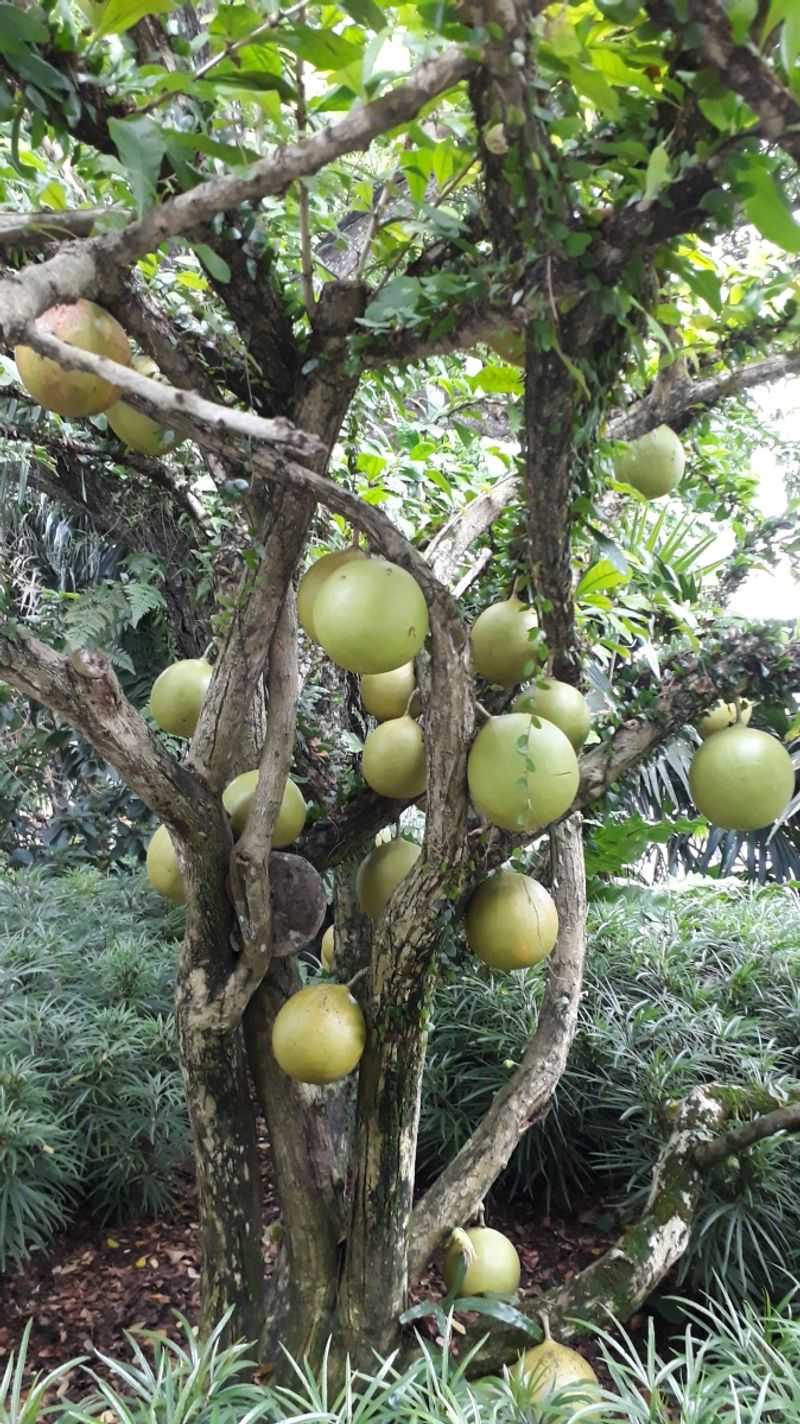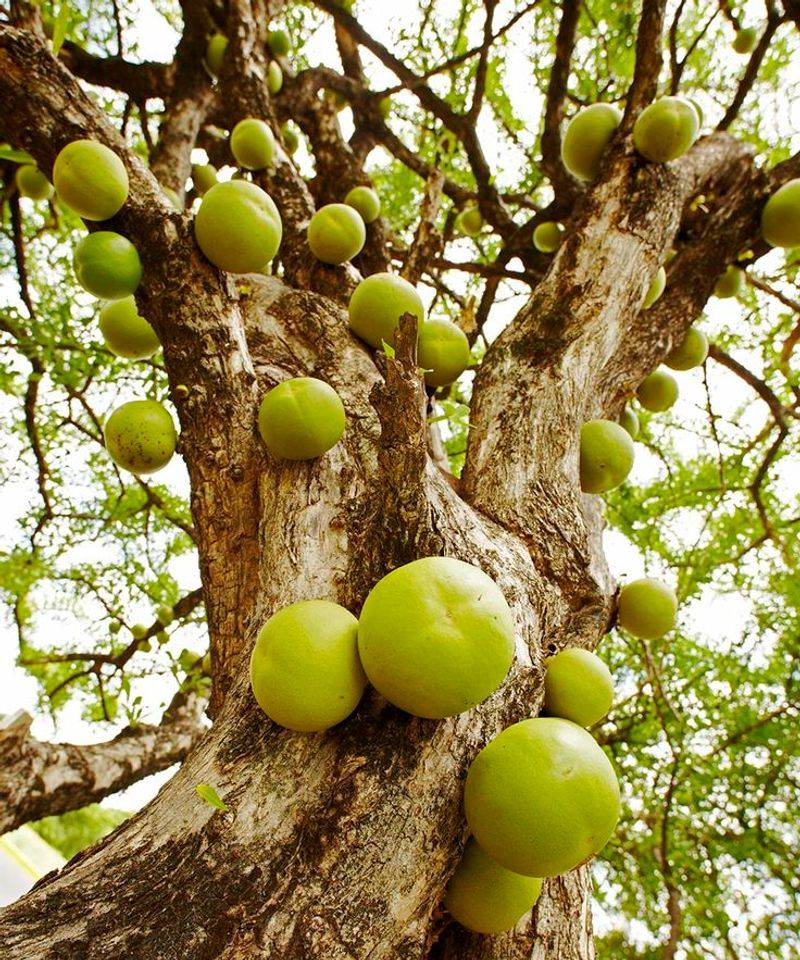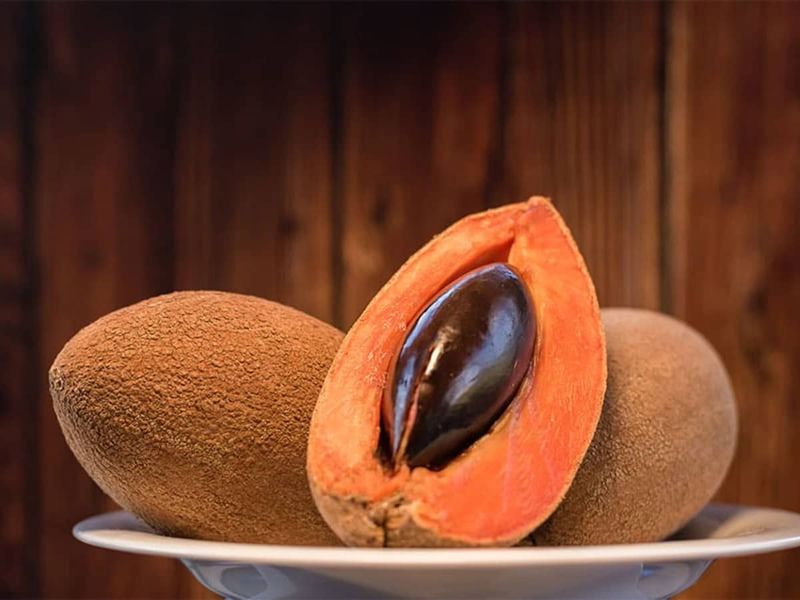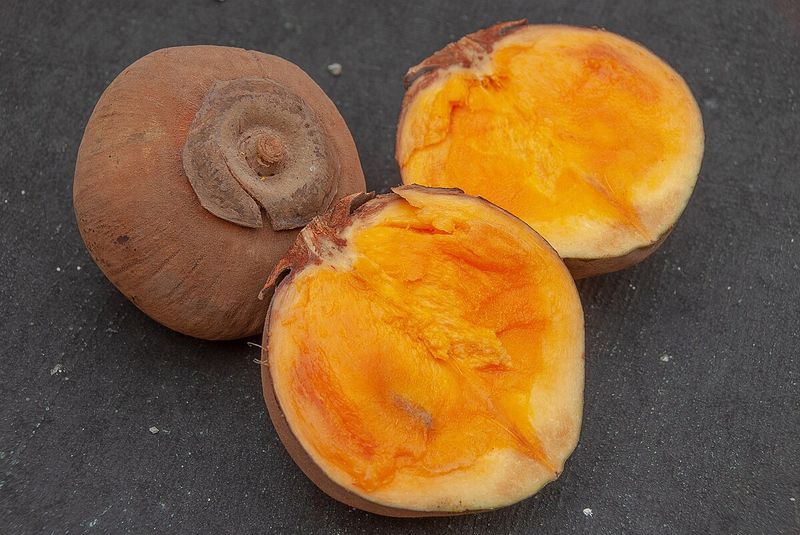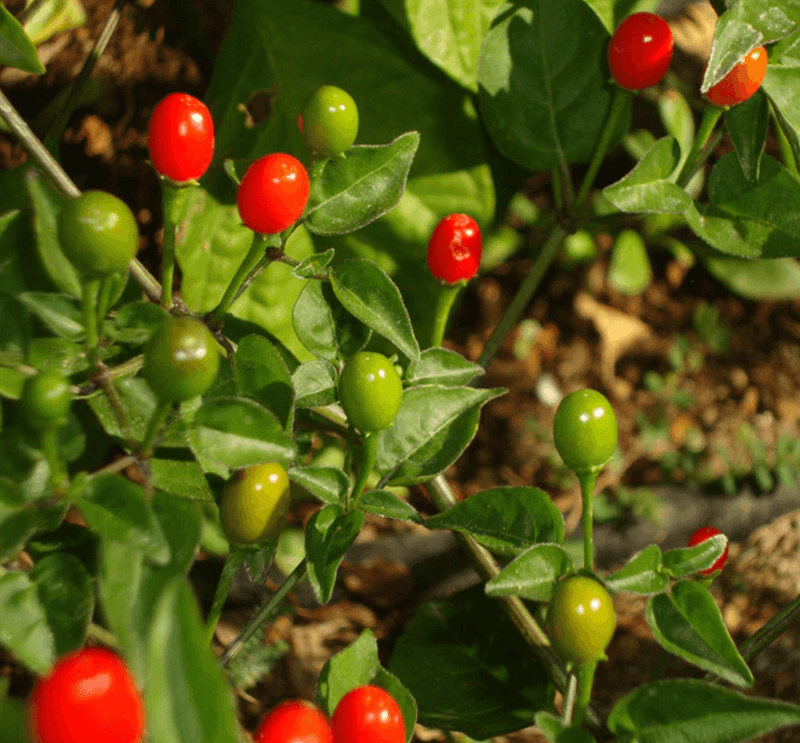In a world where ancient creatures roamed the earth, certain plants co-evolved with these giants, relying on them for seed dispersal. However, with the extinction of these magnificent animals, many plants have been left without their primary partners, struggling to find new ways to survive and spread.
This article explores ten fascinating plants that have lost their natural seed dispersers due to the extinction of large animals. We’ll delve into their unique characteristics, original dispersers, and the challenges they now face in modern ecosystems.
1. Avocado (Persea americana)
The avocado, with its creamy texture and rich flavor, was once a favorite of giant ground sloths and other large mammals. These ancient creatures would swallow the fruit whole, effortlessly carrying its massive seed over great distances.
Today, the avocado depends heavily on human cultivation, as modern animals shy away from its size. Despite its popularity in kitchens worldwide, the avocado’s natural dispersal method has long been lost, leaving it reliant on human intervention.
Its story serves as a reminder of the intricate relationships that once existed between flora and fauna.
2. Osage Orange (Maclura pomifera)
The Osage orange produces a fruit that resembles a large, bumpy green sphere, unappealing to most modern wildlife. Originally, these fruits were a delicacy for mastodons and giant ground sloths, who spread their seeds far and wide.
In today’s world, the Osage orange finds itself without a natural disperser, thriving primarily where humans plant it. Its formidable thorns and dense wood make it valuable for hedges and fences, but the fruit itself remains largely ignored by animals, illustrating the Osage orange’s peculiar place in nature’s design.
3. Pawpaw (Asimina triloba)
Pawpaws, with their tropical taste and creamy consistency, captivate human palates, yet few animals assist in their seed dispersal. Their large fruits once attracted megafauna like mastodons or ancient bears, which are now long gone. Despite its rich flavor, the pawpaw’s seeds struggle to find new homes in the wild.
Gardeners, however, have embraced the pawpaw, cultivating it in orchards and backyards. Its intriguing history and unique fruit continue to charm those willing to give this ancient plant a chance in modern landscapes.
4. Honey Locust (Gleditsia triacanthos)
The honey locust, with its elongated, sweet pods, once enticed Ice Age herbivores such as mammoths. Today, its primary dispersers are no more, leaving the honey locust in search of new allies. While cattle and other livestock can consume the pods, they are less effective seed spreaders.
In urban settings, the honey locust has found a second life, its thornless varieties adorning city streets as ornamental trees. Despite its challenges, the honey locust’s resilience and adaptability highlight its enduring presence in both wild and cultivated landscapes.
5. Kentucky Coffeetree (Gymnocladus dioicus)
The Kentucky coffeetree stands tall with its unique, leathery pods, awaiting the return of ancient dispersers like giant sloths. In their absence, the tree’s seeds often remain where they fall, struggling to establish new growth.
These days, the tree is often planted for its ornamental value, appreciated for its architectural beauty and shade. While not a coffee substitute, its seeds have sparked curiosity and experimentation. The Kentucky coffeetree’s story is one of survival and adaptation, as it continues to grace landscapes across its range.
6. Crescentia (Crescentia alata / Calabash Tree)
The calabash tree produces impressive spherical fruits, once consumed by extinct Central American megafauna. These tough fruits now puzzle modern animals, leaving them largely unharvested in the wild.
Human ingenuity, however, has found uses for the calabash’s hard shells, turning them into bowls and instruments. The calabash tree’s legacy lives on through human creativity, even as its natural dispersal mechanisms have faded into history.
It stands as a testament to the complex relationships between plants and the animals that once roamed the earth.
7. Jicaro (Crescentia cujete)
Jicaro trees bear thick-shelled fruits, which once survived the digestive tracts of massive gomphotheres or tortoises. Today, the fruits’ tough exteriors deter most animals, leaving humans as their primary dispersers.
The Jicaro’s durable shells have found new purpose in traditional crafts and utilities, adding cultural value to this ancient plant. Although its natural companions are extinct, the Jicaro adapts and flourishes with human help, showcasing the plant’s resilience and the enduring legacy of its past relationships.
8. Mamey Sapote (Pouteria sapota)
The mamey sapote’s luscious, orange-fleshed fruits evoke the essence of the tropics, though their natural dispersers are long gone. Likely spread by extinct Central American megafauna, these fruits now rely on human cultivation to thrive.
Despite this, the mamey sapote continues to capture hearts with its unique taste and nutritional benefits. Its thick seeds tell a story of ancient glories, when massive animals roamed the forests, leaving behind a legacy now cherished by fruit enthusiasts and gardeners alike.
9. Quararibea cordata (South American Sapote)
The South American sapote boasts strikingly vibrant fruits, once a staple for large extinct herbivores. These fruits, with their tough seeds, now rely on human care to perpetuate their lineage. Cultivated in tropical gardens, they offer a glimpse into a world where giants once roamed.
Despite the loss of its original partners, the sapote’s alluring taste and rich history continue to fascinate and inspire. Its story is a tribute to the resilience of nature and the enduring connections between past and present ecosystems.
10. Chiltepin Pepper (Capsicum annuum var. glabriusculum)
The chiltepin pepper, known for its fiery kick, once found favor with ancient birds and mammals, spreading its seeds far and wide. In some regions, these partners have vanished, leaving the plant to rely on wind and water for dispersal.
Despite this, the chiltepin pepper thrives with human cultivation, celebrated for its intense heat and unique flavor. Its journey from wild origins to culinary delight reflects the changing dynamics of ecosystems and the adaptability of species in the face of adversity.
